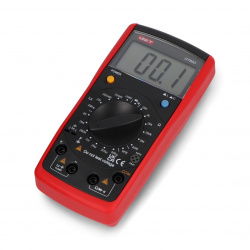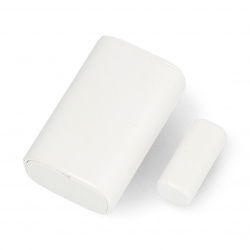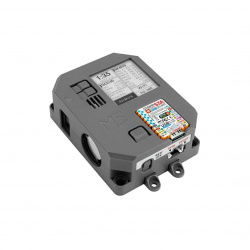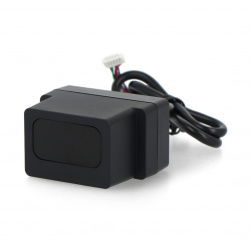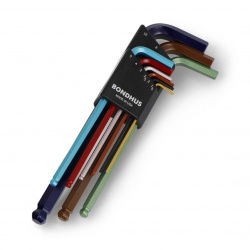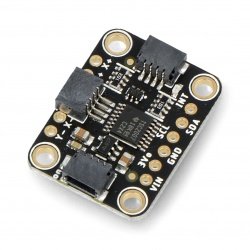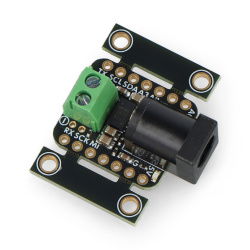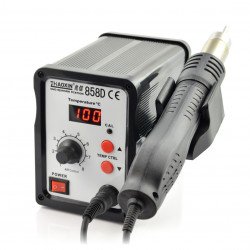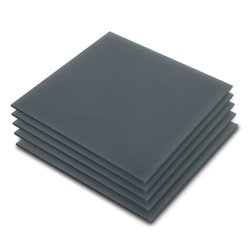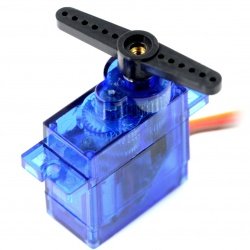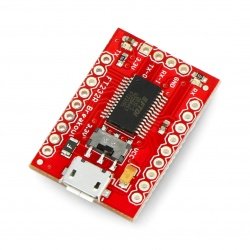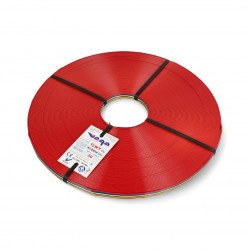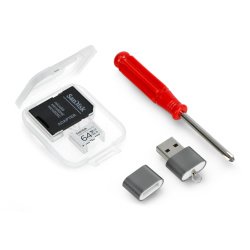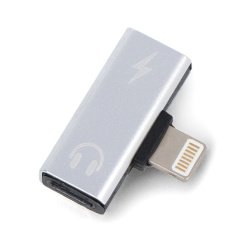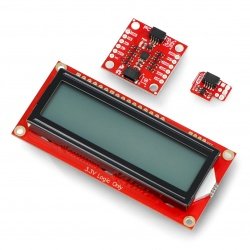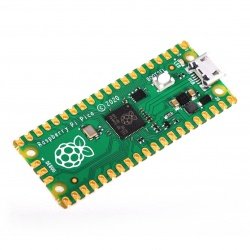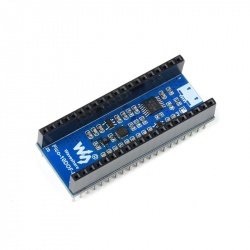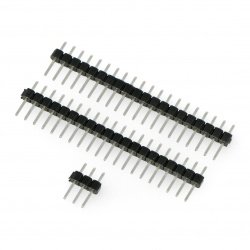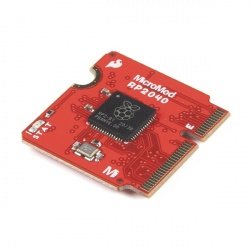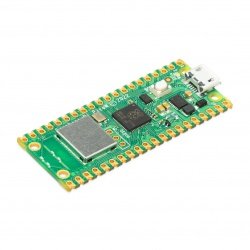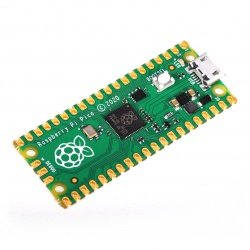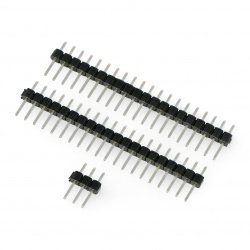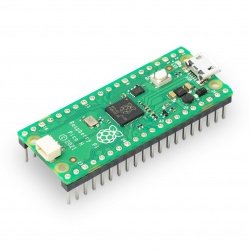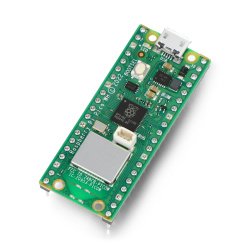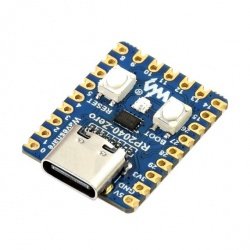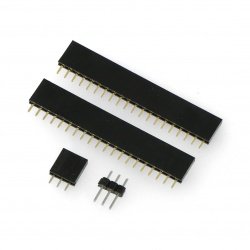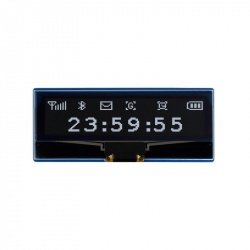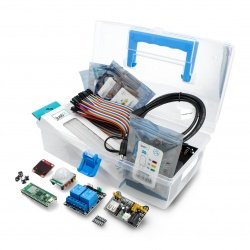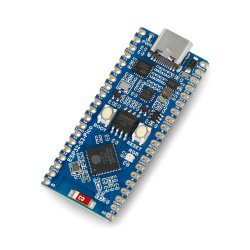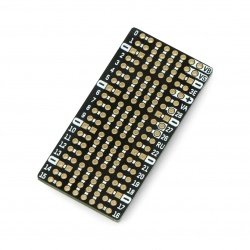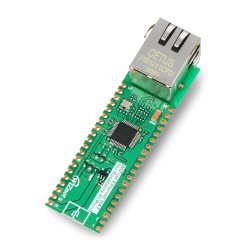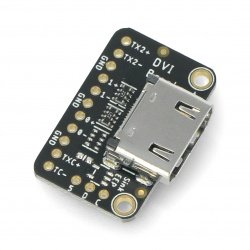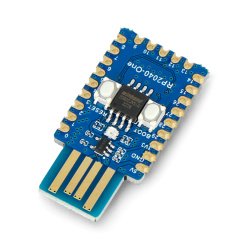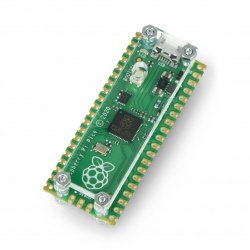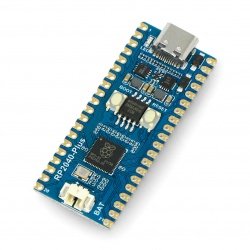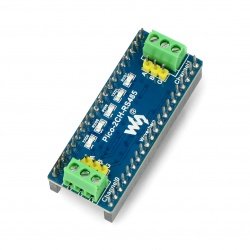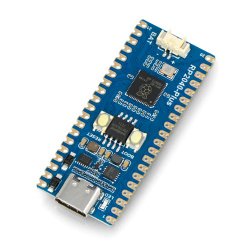Raspberry Pi enters the microcontroller market
The beginning of 2021 brought quite a surprise to many Raspberry Pi fans in the form of the premiere of the smallest module produced so far - Raspberry Pi Pico. Unlike all previous "Malins", RPi Pico is no longer based on a powerful application processor, but on... a dual-core microcontroller with an ARM Cortex M0+ core. Very good news is the information about the high clock frequency - the Raspberry Pi 2040 (RP2040) processor can operate even at 133 MHz, i.e. at a frequency even several times higher than many competing microcontrollers based on this architecture. Everything indicates that the latest proposal of The Raspberry Pi Foundation will cause quite a stir in the segment of small embedded systems.
"Raspberry" microcontroller with excellent equipment
A huge advantage of the new player on the ARM microcontrollers market is the rich peripheral equipment and excellent basic parameters of the RP2040 system. As with all microcontrollers, the application possibilities here are largely determined by the size of Flash memory (up to 2 MB) and SRAM (264 kB), although this is only the beginning of the advantages of this dual-core processor. The Raspberry Pi Pico user has two UART interfaces, two I2C blocks and two SPI controllers at their disposal, and as many as 16 PWM channels can be used to control motors, lighting or other actuators. Three GPIO lines also provide access to the built-in ADC converter.
A wide range of power methods
Interestingly, so far in the Raspberry Pi Pico vs. Arduino duel, the latter platform offered wider possibilities in terms of power supply methods and the range of acceptable input voltages. However, it was RPi Pico that set another breakthrough in terms of the approach to powering embedded modules - the built-in buck-boost DC/DC converter allows you to directly power a small board with voltages from 1.8 V to 5.5 V, which allows you to use as an energy source even ... single-cell lithium-polymer or lithium-ion battery. Of course, there is no problem in powering the module using a micro USB cable via the socket located on the PCB. Embedding the converter directly onto a board of such small dimensions (only 51 x 21 mm) is an excellent step taken by the Raspberry Pi Pico designers towards "making life easier" for electronic engineers involved in projects in the field of embedded systems.
Additional information about the Raspberry Pi Pico board
People interested in the new product from the manufacturer "Malina" will certainly be happy with the retail price proposed for Raspberry Pi Pico, which - as you can easily notice - is much lower than in the case of most evaluation boards and modules with ARM microcontrollers of comparable dimensions. A big advantage of the new platform is also the strong (and intensively developed) Raspberry Pi Pico software support. Micropython - an implementation of the popular Python, created for small microcontrollers - is a basic platform dedicated to creating applications based on RPi Pico, but announcements of the integration of the new board with the Arduino IDE ecosystem are already available online. Importantly, you can successfully use a Raspberry Pi 4B minicomputer to program the module - on our website you will find instructions on how to start working and upload the first test program in a few minutes.
System expansion
Electronics engineers involved in programming and designing embedded systems are already accustomed to the fact that manufacturers of main modules, as well as many companies operating in the embedded market, offer a large selection of dedicated overlays and expansion modules. Despite the short time that has passed since the premiere of Raspberry Pi Pico, the first extensions are already available - including Pico Audio Pack, Pico RGB Keypad and Pico Explorer Base overlays. Although there is currently no ready-made Raspberry Pi Pico WiFi shield on the market, you can easily connect one of the WiFi modules available in our offer (e.g. ESP8266) to the board. A similar situation occurs in the case of the Raspberry Pi Pico – Ethernet connection. In the Botland store you will also find ready-made Ethernet modules, controlled via the SPI interface






























































































































































































































































































































